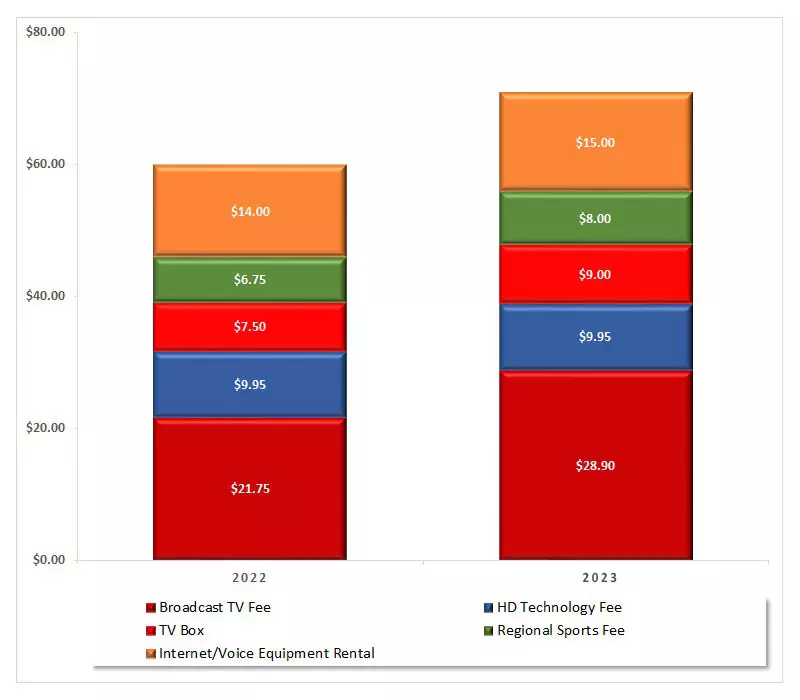FCC Rules for Multifamily Properties
The FCC rules for multifamily properties, specifically for Over-the-Air-Reception Devices (OTARD), protect a property owner or tenant’s right to install, maintain or use an antenna to receive video programming from direct broadcast satellites, broadband radio services and television broadcast stations. These rules are inclusive of apartments, townhomes (depending on HOAs), condos, affordable housing, senior living and other MDUs.
OTARD rules also apply to rental property where the renter has exclusive use of an area, and to customer-end antennas that receive and transmit fixed wireless signals. There are exceptions to OTARD rules, including provisions for safety and preservation of historic areas.
What types of antennas are covered under the OTARD rules?
The following antennas or dishes are covered by the FCC rules for multifamily properties:
- A dish antenna one meter or less in diameter (or any size dish if located in Alaska), designed to receive direct broadcast satellite service, including direct-to-home satellite service, or to receive or transmit fixed wireless signals via satellite.
- An antenna that is one meter or less in diameter and is designed to receive video programming services via broadband radio service (wireless cable), or to receive or transmit fixed wireless signals other than via satellite.
- An antenna that is designed to receive local television broadcast signals.
Antennas used for AM/FM radio, amateur (“ham”) radio, CB radio, Digital Audio Radio Services or antennas used as part of a hub to relay signals among multiple locations are not covered by these rules.
What types of properties are covered?
Under the OTARD rules, an owner or a tenant has the right to install an antenna on property that he owns or over which he has exclusive use or control. This includes single family homes, condominiums, cooperatives, townhomes and manufactured homes. In the case of condominiums, cooperatives and rental properties, the rules apply to “exclusive use” areas, like terraces, balconies or patios. “Exclusive use” refers to an area of the property that only renters and their guests may enter and use. If the area is shared with others or accessible without the renter’s permission, it is not considered to be an exclusive use area.
OTARD rules do not apply to common areas that are owned by a landlord, a community association or jointly by condominium owners. These common areas may include the roof or exterior walls of a multiple dwelling unit. Under certain conditions, if a common antenna is available for use by residents, then the community association or landlord may prohibit the installation of an individually-owned antenna or satellite dish, provided the signal quality from the central antenna is as good as the signal quality from an individually-owned antenna or dish, and the costs of using the central antenna are no greater than the costs of an individually-owned antenna or dish.
What kinds of restrictions are prohibited?
Restrictions that prevent or delay installation, maintenance or use of antennas covered by the rule are prohibited. For example, in most cases, requirements to get approval before installing an antenna are prohibited.
What kinds of restrictions are permitted?
Restrictions necessary to prevent damage to leased property are permissible, as long as the restrictions are reasonable. For example, a lease restriction that forbids tenants from damaging the balcony floor when installing an antenna is likely to be permissible.
An association, landlord or local government may impose certain restrictions when safety is a concern or where a historic site is involved. An example of a permissible safety restriction would be requiring that an antenna is securely fastened down so that it will not be blown loose. Safety restrictions must be narrowly written so that they are no more burdensome than necessary to address a legitimate safety purpose.
If there is a conflict about a restriction’s validity, the association, landlord or local government trying to enforce the restriction must prove it is valid. This means that no matter who questions the validity of the restriction, the person or entity trying to enforce the restriction must prove that the rule is legitimate.


